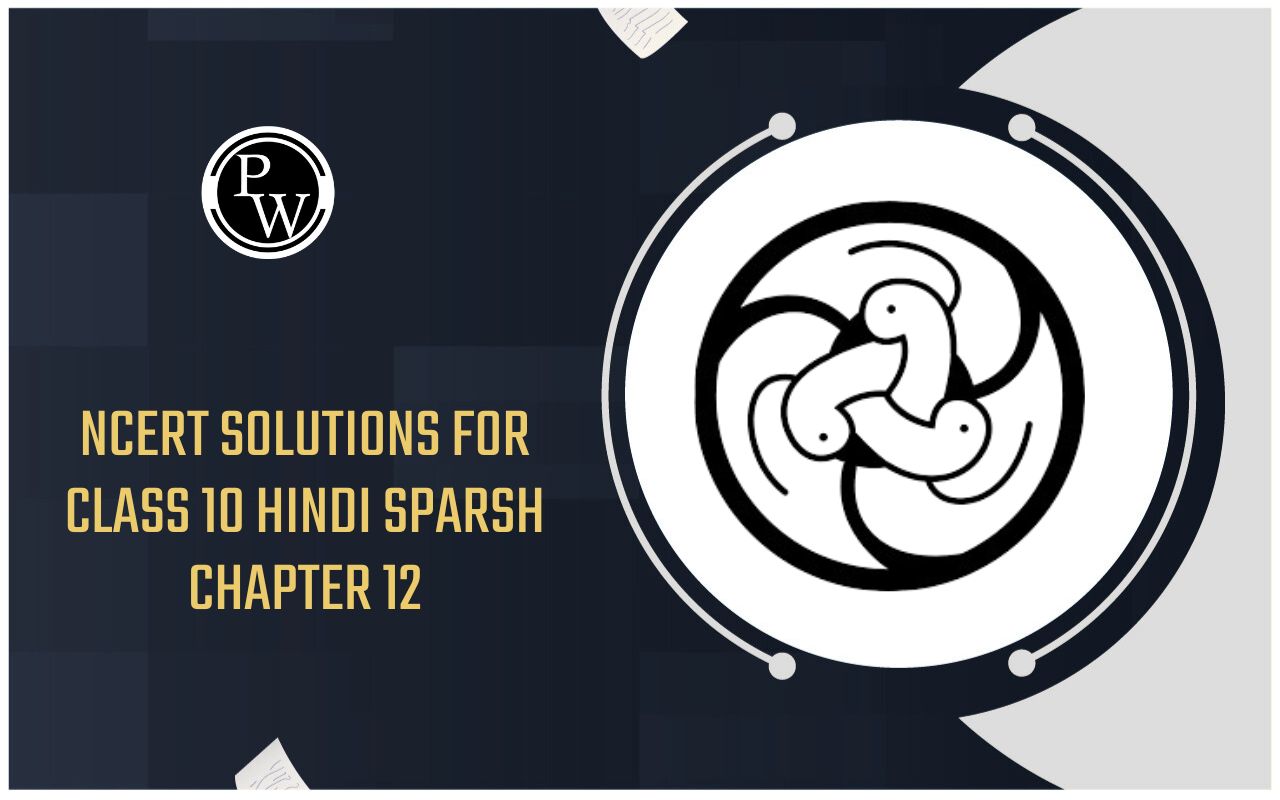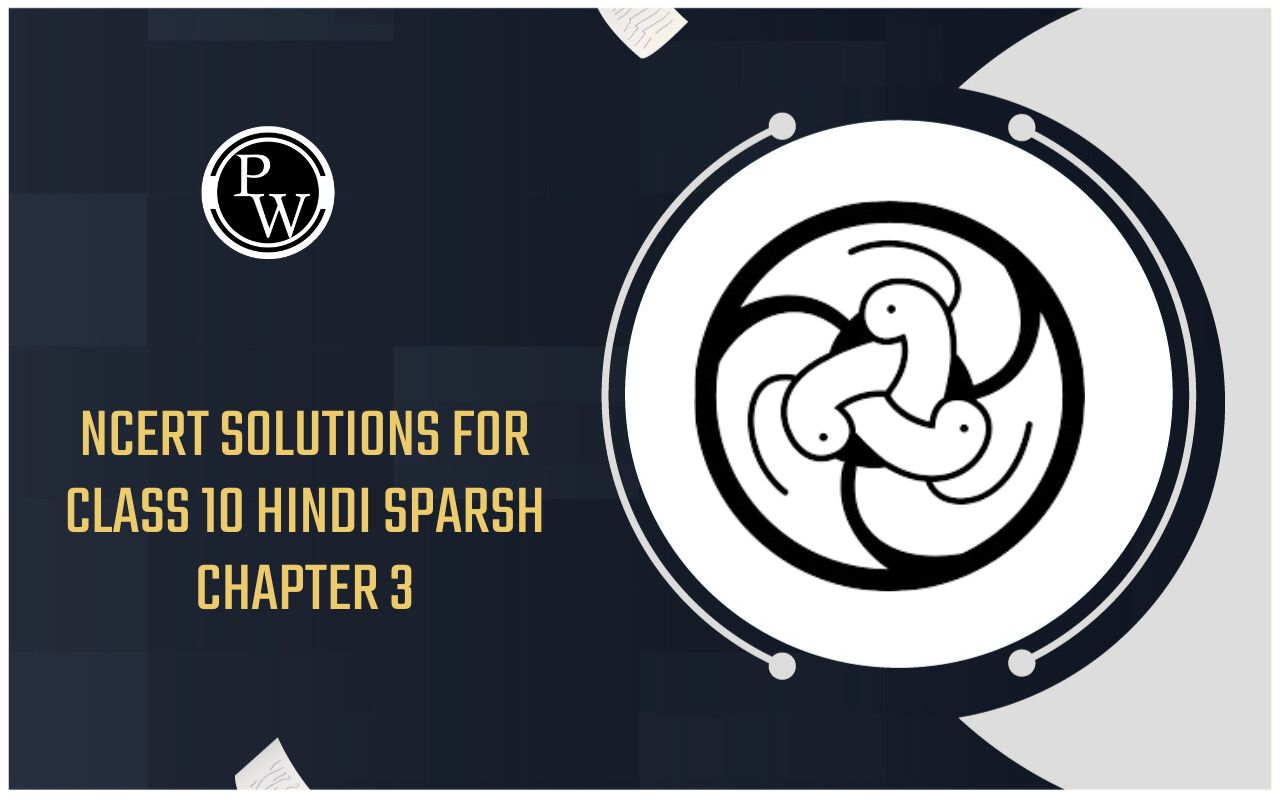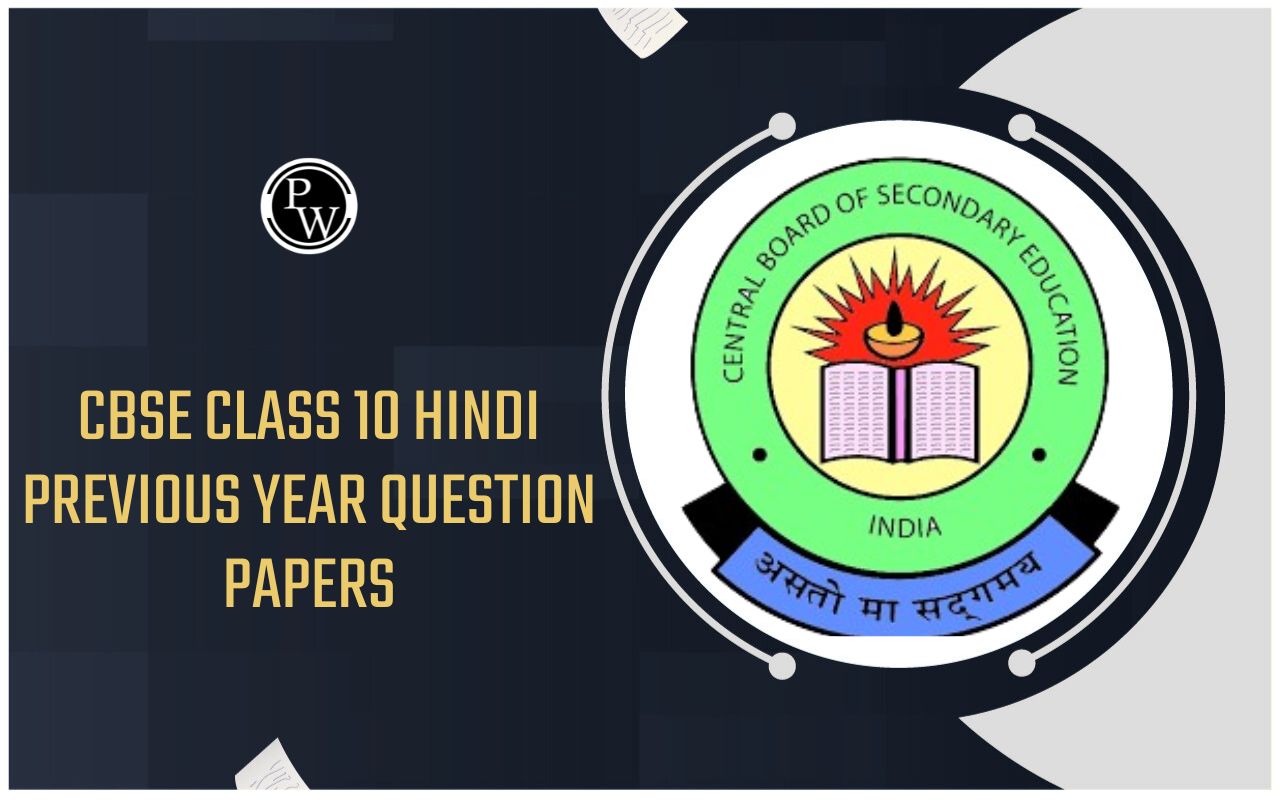
NCERT Solutions for Class 10 Social Science History Chapter 1: The goal of the NCERT Solutions for Class 10 History Chapter Rise of Nationalism in Europe is to improve students' exam scores for the CBSE. Nationalism is an ideology and movement that supports a certain nation's interests, particularly about acquiring and preserving the nation's sovereignty over its native country.
The idea of the nation-state was a contemporary outcome of the growth of nationalism in Europe, which occurred before the nineteenth century and before the world had distinct nationalities.NCERT Solutions for Class 10 Social Science History Chapter 1 Overview
The Social Science chapter is crucial because it illustrates aspects of several national happenings and how they relate to the current state of affairs. You should start from scratch in order to grasp this subject so that you may also think about continuing your education in it.NCERT Solutions for Class 10 Social Science History Chapter 1 PDF
Since these NCERT Solutions for Class 10 Social Science History Chapter 1 are taken from the NCERT textbooks, they will be helpful for examinations in school. The NCERT Solutions are clear and precise, acquainting students with the format of problems found in the CBSE exams. Here we have provided NCERT Solutions for Class 10 Social Science History Chapter 1 PDF for the ease of students.NCERT Solutions for Class 10 Social Science History Chapter 1 PDF
NCERT Solutions for Class 10 Social Science History Chapter 1
1. Write a note on:
a. Guiseppe Mazzini
Answer:
Giuseppe Mazzini had worked to compile a cogent agenda for the united Italian Republic in the 1830s. To further his objectives, he also established a covert organisation known as "Young Italy."b. Count Camillo de Cavour
Answer:
- led the campaign to bring Italy together.
- He wasn't a democratic or a revolutionary.
- The Austrian armies were defeated in 1859 by Sardini-Piedmont thanks to a political coalition skillfully crafted by Cavour.
c. The Greek war of independence
Answer:
- Since the fifteenth century, Greece has been a component of the Ottoman Empire. The Greeks started their independence war in 1821 as a result of the rise of revolutionary nationalism in Europe.
- Poets and artists rallied public opinion to support Greece's fight against Muslim rule, hailing it as the birthplace of European civilisation.
- Greek nationalists benefited from the backing of other exiled Greeks as well as a large number of Western Europeans who shared a fondness for classical Greek civilization.
- Finally, Greece's independence was acknowledged by the Treaty of Constantinople in 1832.
Previous Year Question Papers Class 10
d. Frankfurt parliament
Answer:
- The middle-class professionals, industrialists, and wealthy artisans from various German regions established the all-German National Assembly.
- The meeting was held on May 18, 1848.
- On May 31, 1849, it was dissolved because of a lack of support.
e. The role of women in nationalist struggles
Answer:
- Liberal middle-class women combined calls for national unification with constitutionalism. They used the increasing agitation in the public sphere to further their demands for the establishment of a nation-state based on parliamentary principles, including freedom of the press, freedom of association, and a constitution.
- Women had started newspapers, established their political associations, and participated in political gatherings and protests.
2. What steps did the French revolutionaries take to create a sense of collective identity among the French people?
Answer:
- The concept of a unified society with equal rights under a constitution was underlined by the concepts of "La Patrie" (the fatherland) and "Le Citoyen" (the citizen).
- The previous royal standard was chosen to be replaced by the tricolour, a new French flag.
- In the name of the country, new hymns were created, oaths were given, and sacrifices were remembered.
- It established uniform laws for every citizen within its jurisdiction and instituted a centralised administrative system.
- A unified system of weights and measures was implemented, and internal customs charges and dues were eliminated.
- Regional accents were suppressed, and the language of the country became French as it was written and spoken in Paris.
- The revolutionaries went on to say that freeing the peoples of Europe from dictatorship was the goal and destiny of the French people. Put another way, to assist other European peoples in gaining independence.
3. Who were Marianne and Germania? What was the importance of how they were portrayed?
Answer:
In the nineteenth century, painters created female allegories to symbolise the country.- The popular Christian name Marianne emphasised the concept of a people's nation.
- Her traits—the red cap, the tricolour, and the cockade—were taken directly from Liberty and the Republic. To remind the public of the nation's emblem of togetherness and encourage them to identify with it, statues of Marianne were placed in public places.
- Coins and stamps bearing the image of Marianne were marked.
4. Briefly trace the process of German unification.
Answer: Conservatives frequently used nationalist sentiments to advance state authority and gain political dominance throughout Europe. This is evident in the procedure that led to the unification of Italy and Germany as nation-states.
Germans from the middle class attempted to bring the various German Confederation districts together, but their ambitions were thwarted by the acts of powerful landowners known as the Junkers of Prussia. Prussia emerged victorious from three wars spanning seven years, over Austria, Denmark, and France. German emperor William I, the king of Prussia, was crowned in January 1871. Modernising Germany's monetary, banking, legal, and judicial systems was deemed crucial.5. What changes did Napoleon introduce to make the administrative system more efficient in the territories ruled by him?
Answer:
The Napoleonic Code, also known as the Civil Code of 1804, guaranteed the property right, abolished all birth-based privileges and established equality before the law. The areas ruled by France received this Code as a gift. Napoleon eliminated the feudal system, freed peasants from serfdom and manorial dues, and streamlined administrative divisions in the Dutch Republic, Switzerland, Italy, and Germany. The guild limitations were lifted in the towns as well. Systems of transportation and communication were enhanced. New businesspeople, labourers, artisans, and peasants all relished their newfound independence.6. Why did nationalist tensions emerge in the Balkans?
Answer: It comprised what are today the countries of Macedonia, Croatia, Bosnia-Herzegovina, Serbia, Macedonia, Bulgaria, Albania, Greece, and Montenegro. It was an ethnically and geographically diverse region. The region's inhabitants were frequently referred to as Slavs.
A significant portion of it was dominated by the Ottoman Empire. They were formally proclaimed independent over time. The dissolution of the Ottoman Empire and the growth of romantic nationalism in the Balkans created an extremely dangerous environment.Benefits of NCERT Solutions for Class 10 Social Science History Chapter 1
Being an entirely information-focused discipline, history need a certain amount of in-depth research to be excelled at. You can work extra hard to get answers to certain difficult problems by using the Ch 1 History Class 10 NCERT Solutions. To improve your score, you should be able to write concise and precise responses. These solutions help you with that and keep it accurate, which increases its dependability even further. The Class 10 History Chapter 1 NCERT Solutions are organised neatly and contain comprehensive information on each part. The point of view is strengthened by its relevancy, which also makes it more structured.NCERT Solutions for Class 10 Social Science History Chapter 1 FAQs
What is the 1 chapter of history class 10?
How can I get full marks in social class 10?
Which is the toughest chapter in class 10 social science?










